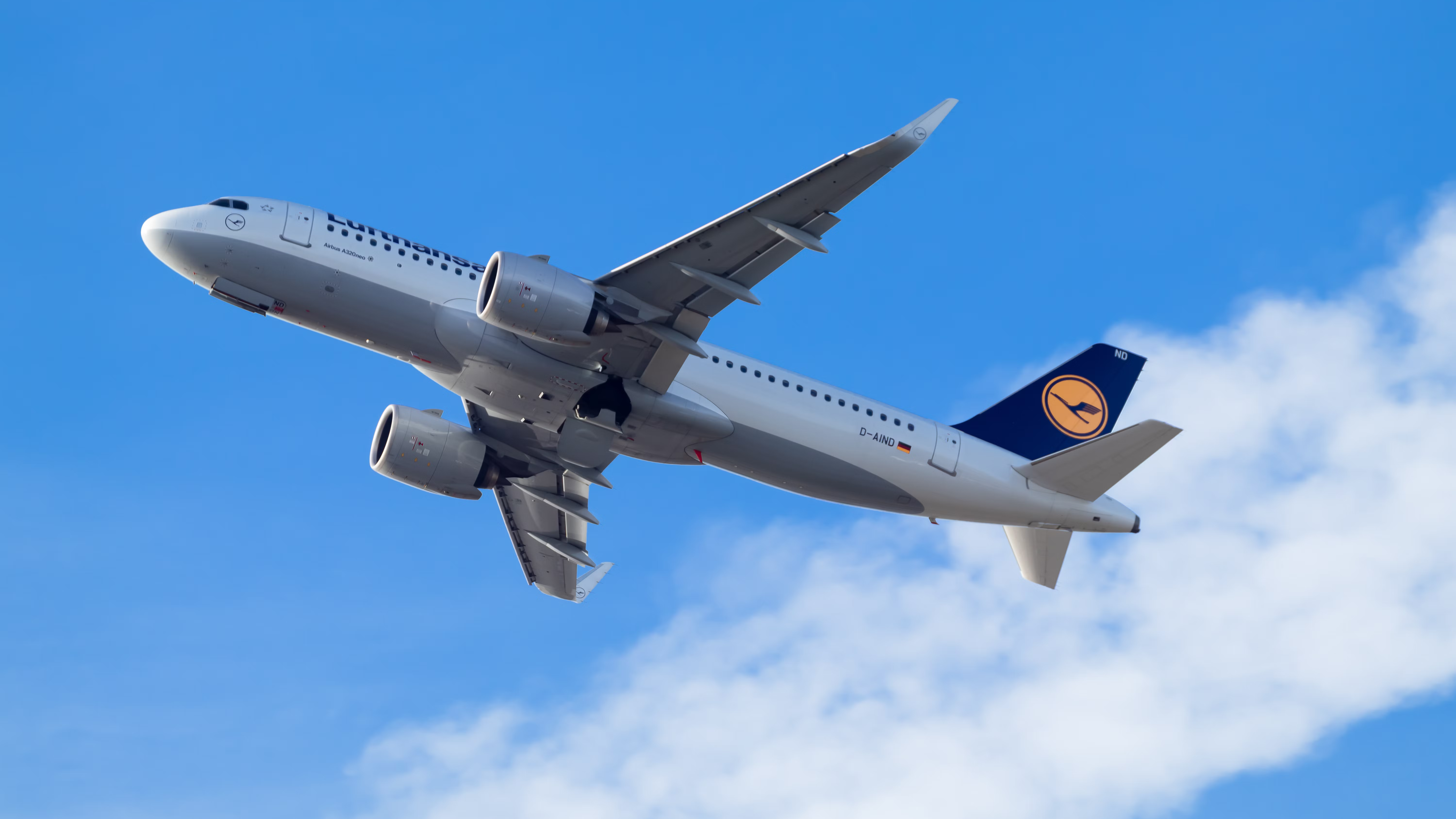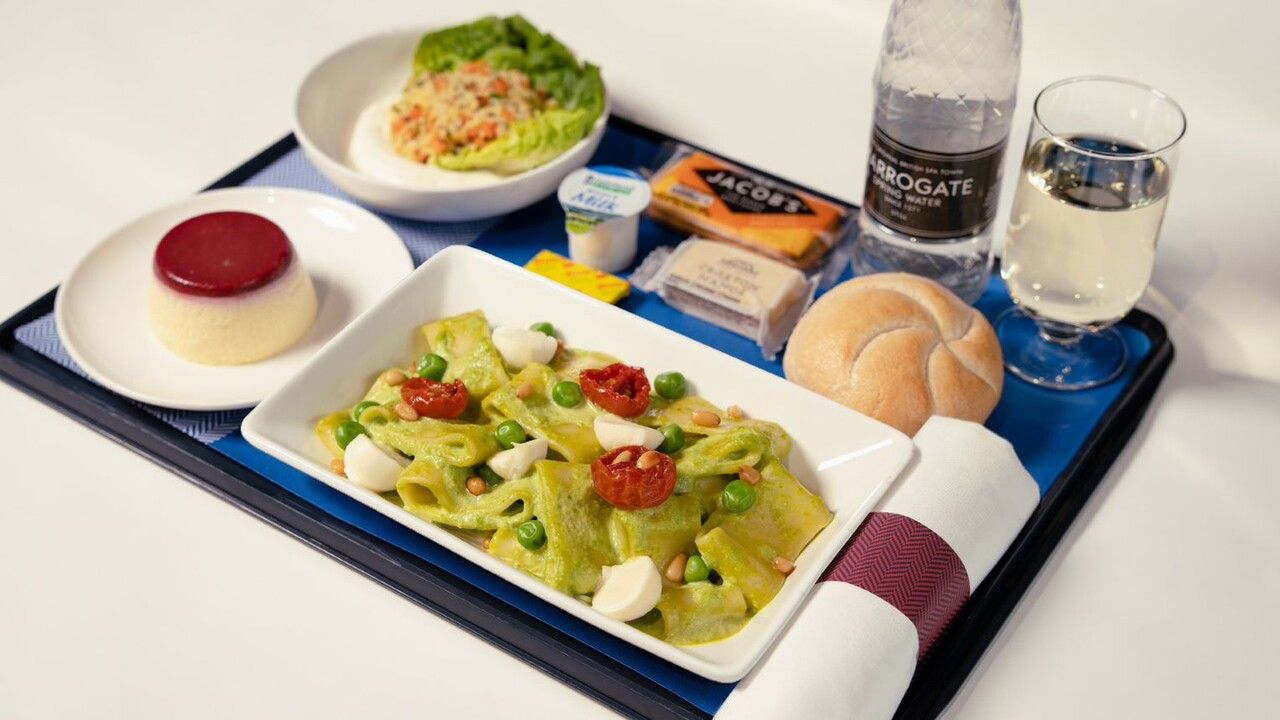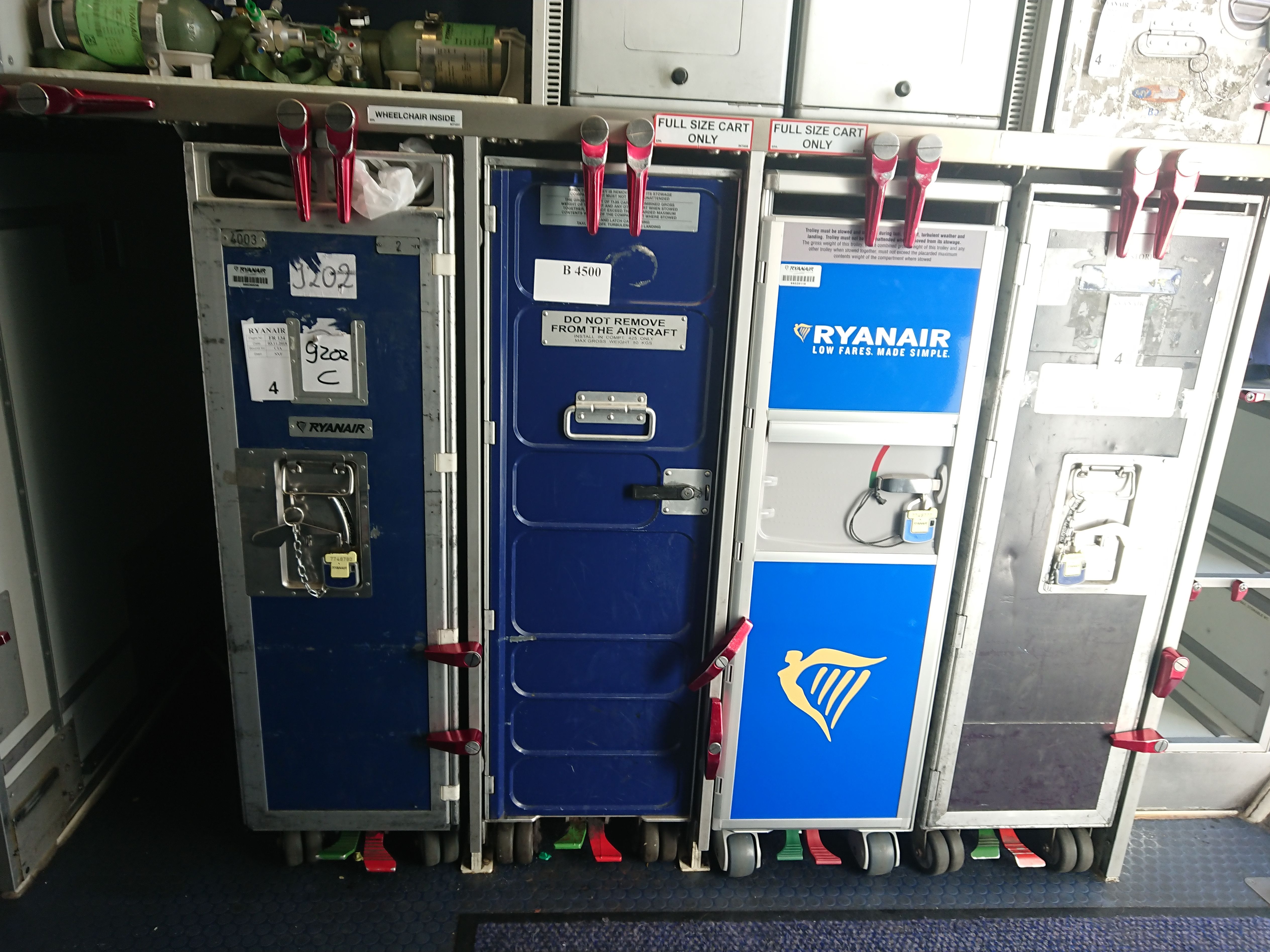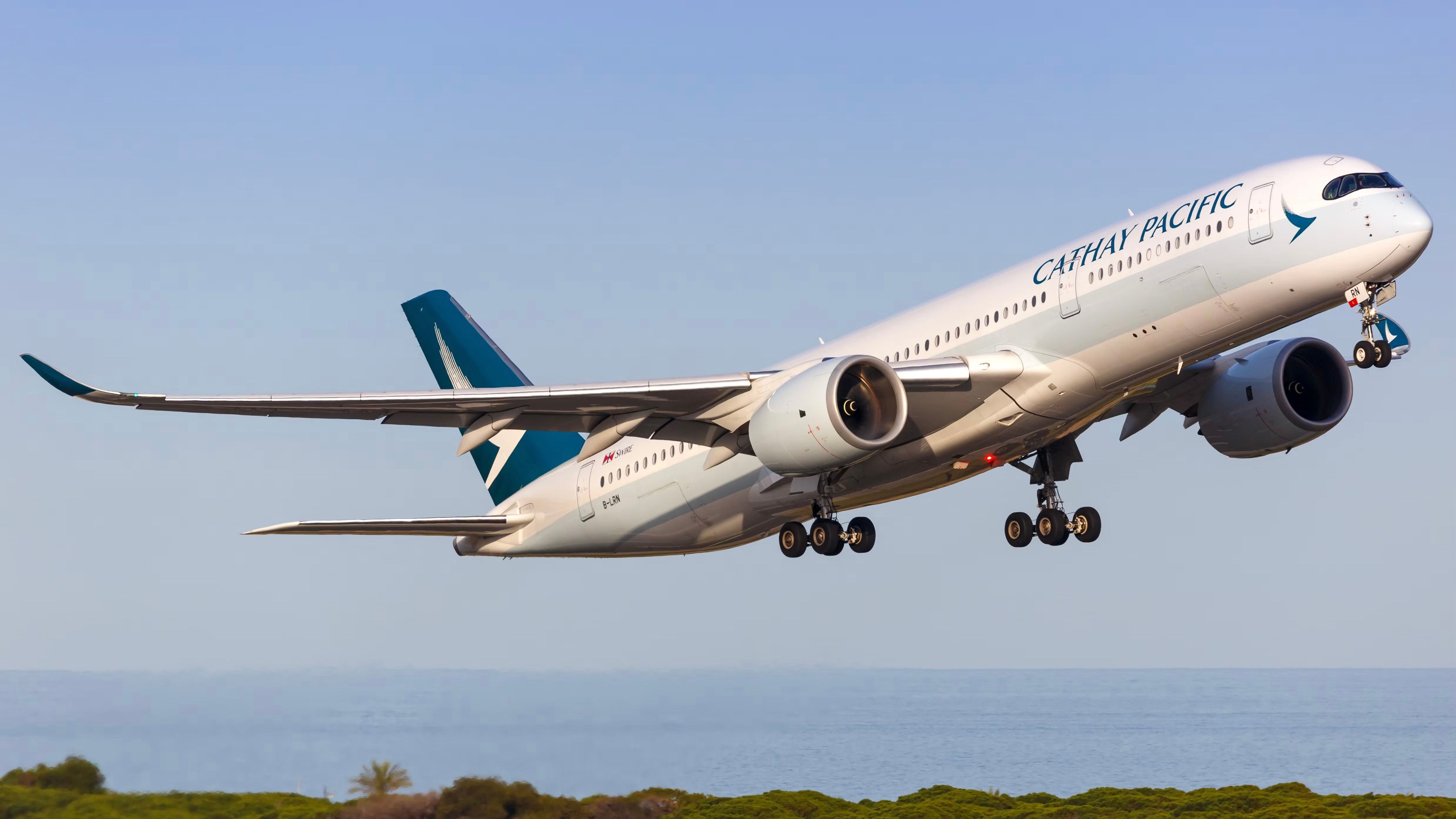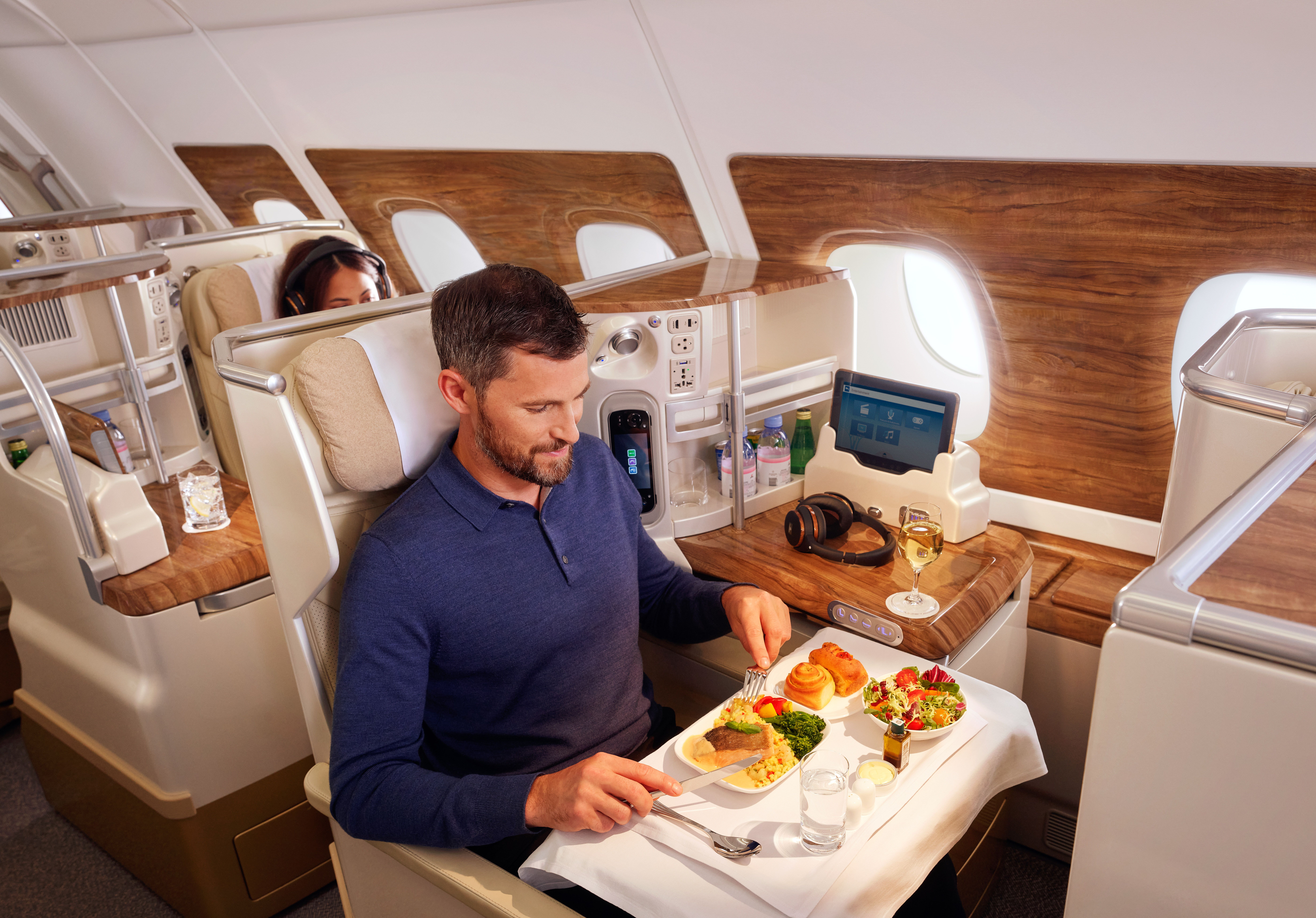Passengers have come to expect choice onboard their long flights of two or three meal options. However, with this comes a fair amount of waste, as many meals go unused onboard. In 2017, IATA found that 1.14 million tonnes of food was wasted from in-flight catering, accounting for 25% of all waste from the cabin. So where does all this unused food go, and what can airlines and passengers do to reduce this massive amount?
Over the years, many airlines have adopted more eco-friendly methods of reducing cabin waste. From eliminating single-use plastics and using sustainable packaging, the industry is shifting its focus to operate in a more environmentally beneficial manner. However, the food waste dilemma is one that's still in the works.
20% of all food produced by in-flight catering teams is wasted every single year. The problem not only amounts to a significant financial deficit for airlines but also creates colossal pressure on overburdened landfill sites.
Sending food to landfill sites
When it comes to disposing of food waste, airlines have a few options depending on which food they are dealing with. The majority of opened food will end up in a landfill. This is the go-to option when nothing else can be done. Opened packets and half-eaten meals cannot be reused or donated. While some may be salvaged for composting purposes, airlines are at the mercy of international food waste laws. This legislation predicates where they may dispose of their waste and how.
Did you know that International Cabin Waste laws ensure airlines separate their animal waste products from fruits and vegetables in certain countries? IATA says that:
"...the animal (meat) derived component of food waste generated on international flights [...] is subject to regulation in a number of countries including Australia, Canada, European Union, New Zealand, and the USA. Although some jurisdictions such as the USA extend the definition to include waste comprising fruit and vegetables."
However, while landfill is always a seemingly easy option, other methods are more planet and people-conscious.
Get the latest aviation news straight to your inbox: Sign up for our newsletters today.
Reusing and donating cabin food
Some food items can be collected and funneled back into the supply chain. Packets of sugar, crisps, and unopened alcohol, for example, can be redistributed on other flights. Using this method, since 2017, Air New Zealand has been able to divert 890 tonnes of food that would have otherwise gone to landfills.
However, collecting and separating these food articles from waste is labor-intensive. Passengers should take only what they need and consume what they have to avoid unnecessary food wastage. With our current health crisis, the threat of contact transmission raises concerns about this method.
Another development in recent years has been the increase in surplus airline food donations. Previously, airlines and other food vendors were cautious about donating excess food because of the legal ramifications. If a consumer became unwell due to food that had been donated, the donor would be culpable.
Thankfully, this somewhat archaic way of thinking is now being lifted. Food donors are slowly being safeguarded from legal repercussions for the edibles that they donate. Such shifts in legislation have prompted airlines like Cathay Pacific to hand out leftover food. The Asian airline works with food banks in Hong Kong and, in 2016, provided 234 tonnes of in-flight food.
Is more being done to reduce food waste?
Considering strict rules about disposing inflight meals, especially those that have been reheated, food waste has to be stopped at its source. The easiest way to do this is to take meal pre-ordering from a bespoke luxury to all passengers. Taking meal preferences during booking or check-in beyond special meals allows airlines to cater the exact number of trays and avoid surplus.
Emirates has already begun a trial of this on its busiest routes, such as their London flights, currently allowing business class passengers to choose their main between 24 hours and 14 days before departure. Carriers like Singapore Airlines has long offered its 'Book the Cook' service but also continue to provide multiple choices for first and business passengers who did not select a meal.
Lufthansa is going a step forward and using AI-enable technology to see which parts of the meal are going untouched to improve the carrier's service and servings. Leveraging advanced technology will help airlines optimize their service and skip parts that passengers seem to enjoy less.
Good for passengers too
For passengers, pre-selecting a meal opens up more choices and prevents the dreaded 'we're out of that choice' onboard. Of course, travelers must remember to select a meal, although airlines could also use their sprawling catering facilities at home airports for a quick turnaround between check-in and takeoff. This is ambitious, but if airlines are serious about reducing their waste, efficiently using food facilities is necessary.
Do you think the airline industry is doing enough to reduce food waste? Can you think of any more solutions that could help? Let us know your thoughts in the comments.

